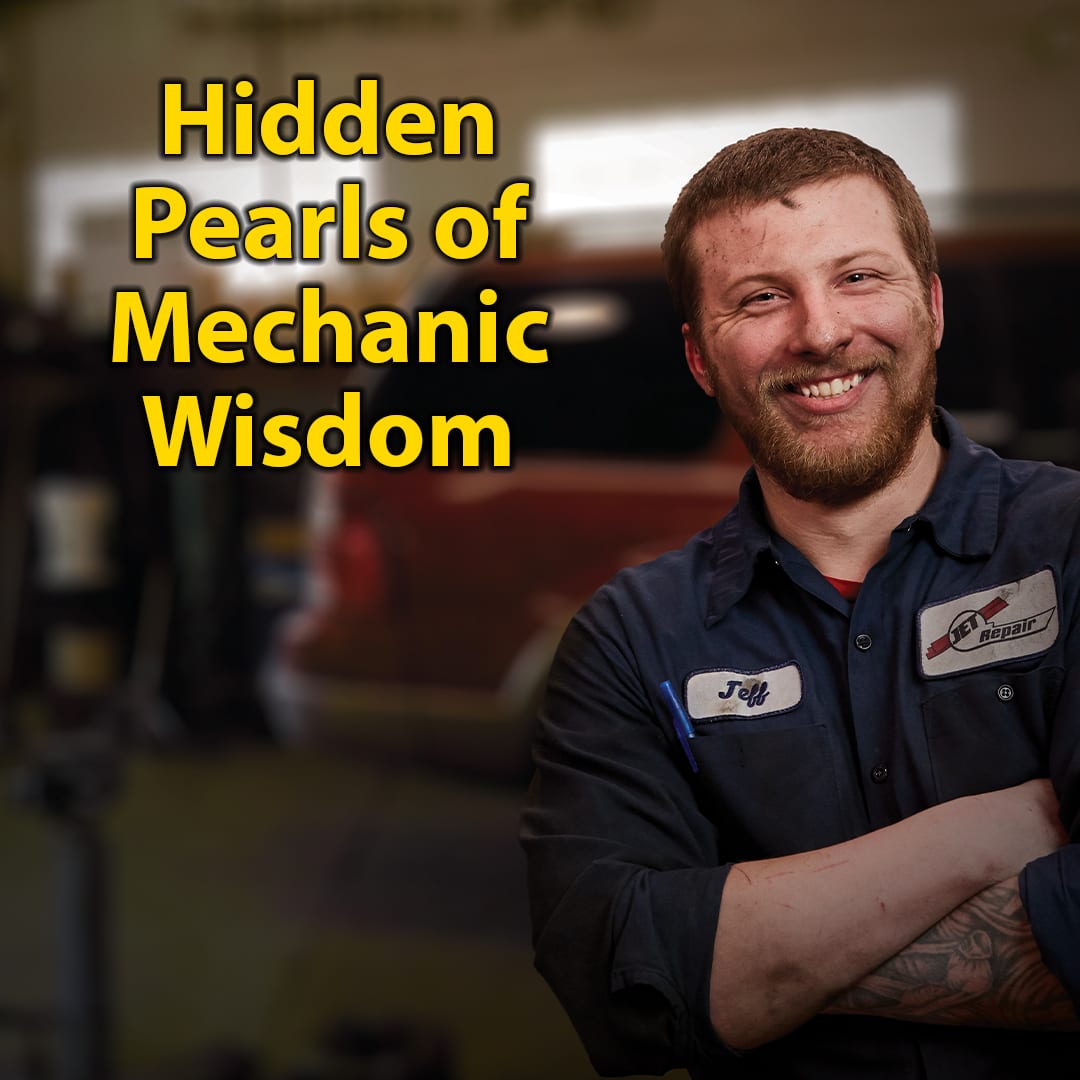 Virtually every technician in the vehicle service industry with more than a few years of experience knows the mechanic proverbs passed from one generation to the next. These proverbs are basic wisdom in a simple, yet memorable form that helps the technician in performing maintenance and repairs.
Virtually every technician in the vehicle service industry with more than a few years of experience knows the mechanic proverbs passed from one generation to the next. These proverbs are basic wisdom in a simple, yet memorable form that helps the technician in performing maintenance and repairs.
It really is okay to admit that the saying, “righty tighty, lefty loosie” does come in handy when one is upside down and reaching around corners, trying to loosen or tighten a bolt. These simple sayings help keep the technician pointed in the right direction in what could otherwise be frustrating circumstances.
For instance, more years ago than I care to admit, my technician career took a fairly significant turn when I moved from being a heavy line technician focused primarily on engine repair, over to the transmission and axle part of the shop. One day early in that journey, the other transmission technician gave me a mechanic’s proverb that changed my understanding in how parts fit together; namely, “If you’re forcing it, it’s wrong.” Keeping that nugget of wisdom in mind helped me avoid more than a few frustrating moments.
These pearls of wisdom are particularly helpful when working on an unfamiliar system or component. Even though all vehicle systems are different across manufacturers, the basic principles of diagnostics and repair remain the same.
In journalism, the “5 Ws and 1 H” (Who, What, When Where, Why and How) provide a formula for developing a story. Answering those questions helps the reporter tell the complete story. Shifting the order of the Ws slightly also makes an excellent diagnostic checklist for a technician:
1) What is the complaint with the vehicle operation? Example: A grinding noise from front of truck.
2) When does the problem occur? Example: Under acceleration.
3) Where is the problem taking place? This is at the system level. Example: Engine
4) Who? Identify the component or components causing the problem. Example: Fan hits the fan shroud.
5) Why? Example: The engine mount is damaged allowing excessive engine movement on acceleration.
6) How? Example: The mount became oil soaked bring the rubber mounting to fail.
In this particular case, the answers to the 5 Ws and 1 H could be used to determine the cause of the oil leak. The goal is not only to identify the problem, but to get to the root cause in order to avoid the potential return of the vehicle to the shop with the same problem down the road.
The wisdom held within these simple mechanic’s proverbs is a hidden aspect of the professional technician’s work. Of course, diagnostic and repair information resources (like TruckSeries from Mitchell 1) are vitally necessary to accurately and efficiently repair complex systems. But those proverbs, or memory cues, also have an important role to play. They may seem like fun and games, but they provide a foundation that helps bring understanding to all the complexities in today’s vehicles.






